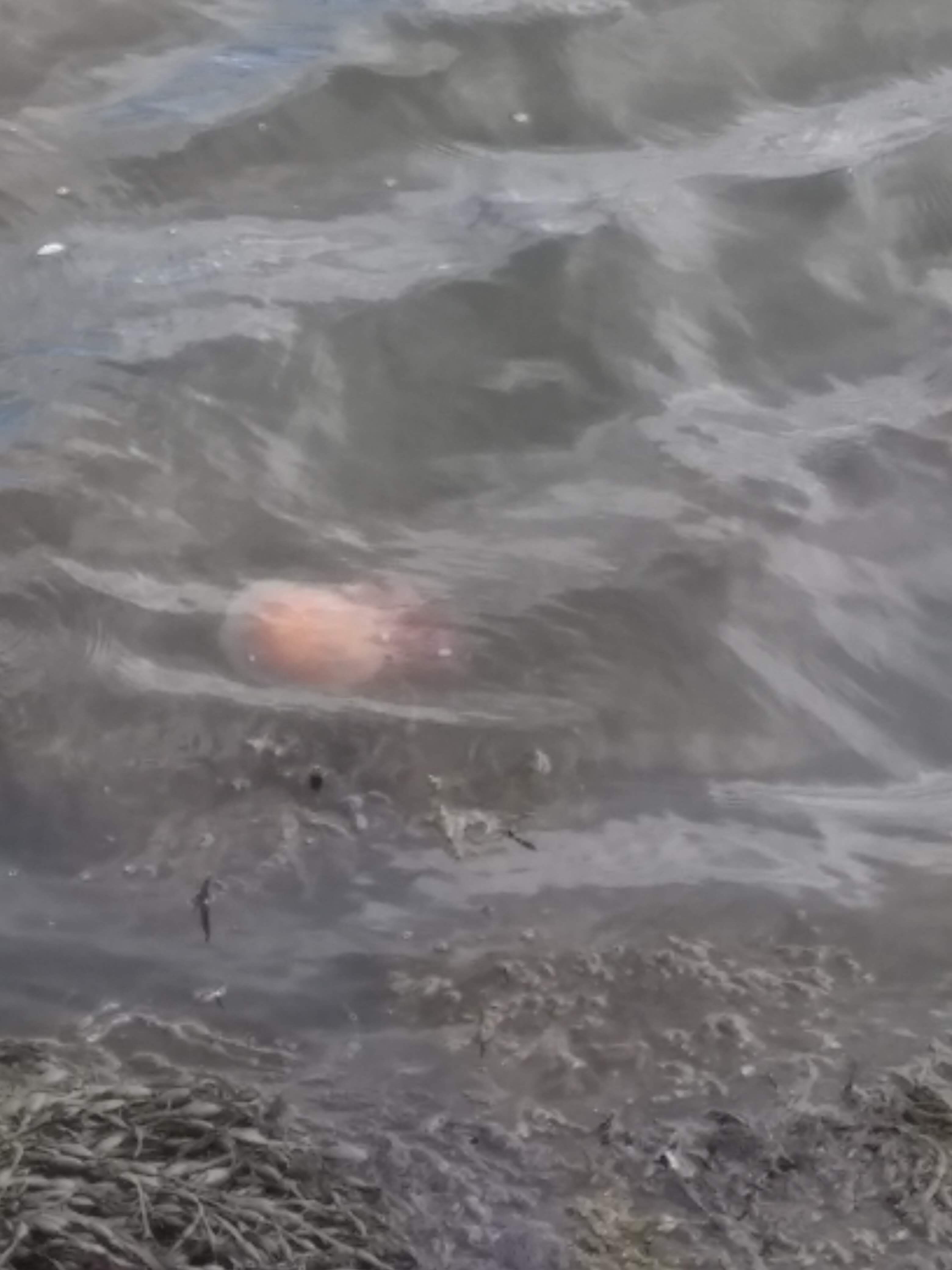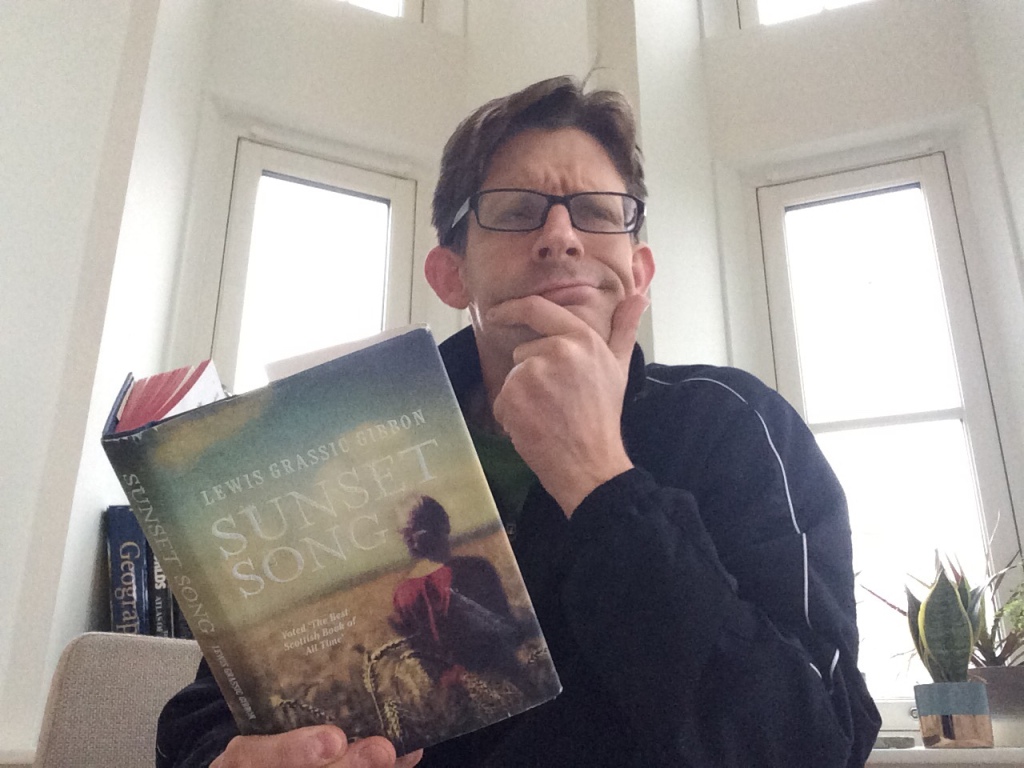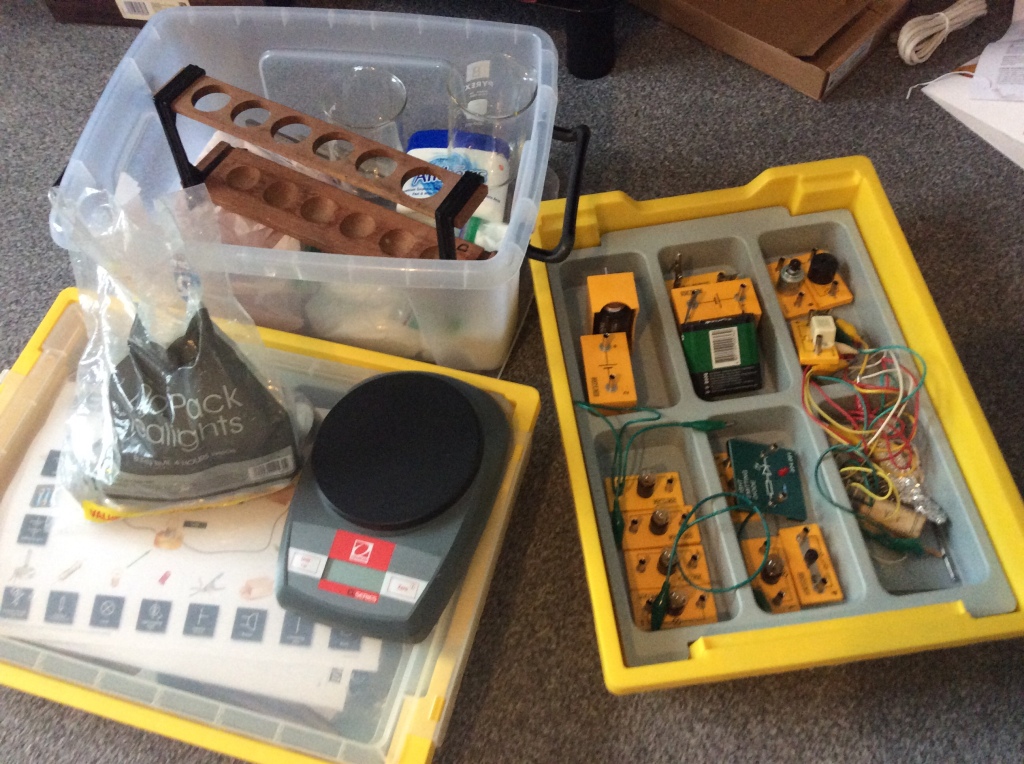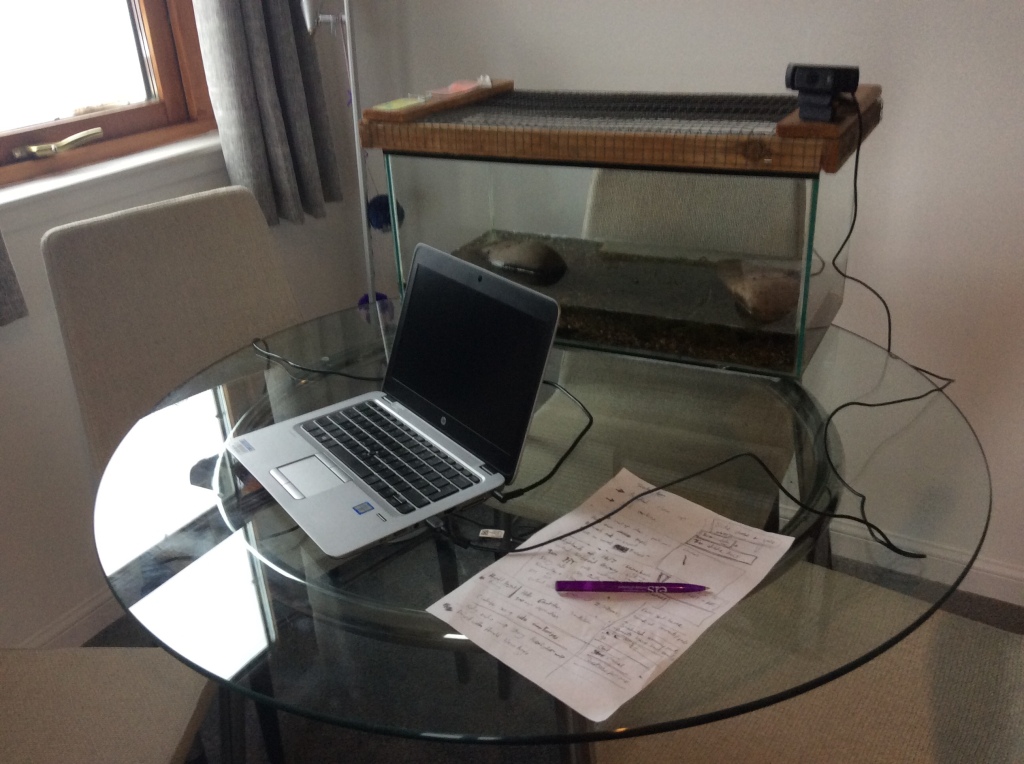As a teacher, of both primary age learners and adults, I’ve always been interested in making teaching engaging. There is nothing worse than sitting through an hour or more of mindless drudgery [* Insert formal CPD session or lecture of your choice here]. However, reflecting back I think there have been times when I lost sight of a coherent learning outcome or objective. In other words I was being guided by an activity or fun idea. I am sure we can all remember the ‘fun’ teacher who rattled off anecdotes and jokes but from whom we learnt nothing (it as GCSE French for me) and due to this I’ve become more interested in the idea of seductive detail in teaching. I would argue that the same general principles of this theory can be applied to broader topic teaching.
If I look back to when I taught, and then more recently working in ITE, my teaching may have been based on a ‘hook’, or would start with a nice activity. I would then work back to objectives, and success criteria and forward to the assessment. This approach may sometimes work but also runs the risk of shoe-horning. This post from Jennifer Gonzalez makes the point perfectly. So now when I watch and observe lessons, and plan my own teaching , I will keep the metaphorical “Grecian Urn” at the forefront of my mind. I really hope others can do the same, as there is no substitute for knowing your subject. This doesn’t mean remembering when Queen Victoria was born and died, but engaging deeply in how Victorian Britain played a part in globalisation, driven by economics, and the influence of colonial power, which ran contrary to attempts to reform society.
A specific example I can give for my own time in the classroom was when I planned for a school wide ‘Magic Week’. I decided that for language and literacy the year 5 class I was teaching would look at instructional texts. We read, analysed, and learnt magic tricks. We studied what characteristics effective instructions needed, and created instructions on how to do the trick for yourself, sharing with other classes lower down the school. The highlight was the end of week show during Friday assembly as one of the class executed a pretty complex card trick. The pupil correctly ‘guessed’ the card our headteacher had picked from several packs. The look on the headteacher’s face, in front of the entire school, was priceless and I am sure the pupil remembers it fondly (the moment and the trick!). But during the same week my dance lesson revolved around creating a routine for the 1970s Pilot song It’s Magic. We had a right laugh, prancing about in the sports hall, in glittery costumes, with capes and top hats (yes, I am one of those primary teachers) but on reflection this was a tenuous link, and this teaching lacked depth. This was an opportunity to teach about choreography, how the steps and music should work together, and analysis and comparison with similar songs and I missed it.
What I came to learn over time was that it is possible to deliver deep, meaningful and – dare I say it fun – learning without the distraction of raking through a sand tray looking for ‘dinosaur bones’, or exploring an ‘alien crash site’ on the school field (again something I have done myself). I am not dismissing these contexts or activities entirely but frequently they suck up teachers time, who get carried away with it, because everyone is ‘busy’. Once the teaching starts any incidental learning may be in spite of these activities, rather than because of them. A further issue is that when these examples are shared they go viral, and teachers with less knowledge or understanding see this as validation of their own way of working. And this might be a case of the Dunning-Kruger effect with the teachers who don’t know enough about pedagogy, or research, are unable to see why this is not good pedagogy.
This is something we have recently addressed on the PGDE Programme at the University of Dundee. Students learn about inter-disciplinary learning (IDL) so we utilised a video we created a few years ago to stimulate discussion. This was itself inspired by a talk given, some years ago, by Mark Priestley who has written on the challenges of teaching IDL. Mark identified some great examples and then some more tenuous examples, including the (possibly apocryphal) ‘Sausage Topic’. This inspired myself and two colleagues to film a fictional planning session between a trainee or student teacher, and two class teachers or mentors. I should stress this is a a parody and there are some sensible, coherent links, and many others that might be more forced. Feel free to decide for yourself, the video is about 17 minutes in total, although at around 9 minutes is where the planning starts to get a little silly. (We would also be happy for you to share the video or utilise it for CPD purposes.)
In the parody ‘Sausage’ example we are using what a topic web or mindmap approach – which I like as a start point, whilst also keeping the curriculum aims at the forefront of my mind. However, I have seen examples shared recently that look similar to the ‘Sausage Topic’, these include Disney inspired topics where some of the activities were not based on coherent learning objectives. Many seemed to have been ‘shoe-horned’ in by the teacher, throwing out ideas in the same way as a five year old going through a dressing up box. What was more concerning in these examples was the lack of curriculum or subject knowledge demonstrated by the teacher doing the planning. Colouring in a Minion is not art. Writing a diary entry for a day in the life of an amazon tree frog is not literacy, language or science. Making a poster about the Sustainable Development Goals isn’t… well, you get the idea. It is crucial that the planning process must start with the teachers own understanding. If you decide to teach a topic on climate change and sustainability, or global citizenship or diversity – because it is a ‘hot topic’ – then teachers must take time to understand the underpinning ideas and concepts. To do this we must carry out our own research so we know the topic well, and embrace the chance to learn with the class. This is where the work and effort comes in, not scouring Twinkl for the perfect worksheet, or spending hours constructing an elaborate Hogwarts Castle wall display in your classroom.
In Scotland Curriculum for Excellence has been criticised for not having sufficient depth or rigour. I would disagree as it has the potential to deliver great breadth and depth, but not all teachers will interpret it the same way. But this may be where things aren’t quite working, where teachers have missed the point. And, of course, teaching is hard, requiring emotional and intellectual effort. Equally I am not a fan of the way the English National Curriculum has gone in the last decade – why anyone needs to know what a fronted adverbial is I do not know – however there has also been a focus on depth and challenging learners which if done right is a good thing. I am not in any way arguing for a series of facts to be learnt, but that knowledge has a place, and conceptual understanding has a place, and experiences to explore and apply learning has a place. What doesn’t help in the debate is it being reduced to Team Experiential Learning vs Team Instructional Learning. I think most teachers would agree a balance is what is needed.
What I think we should be celebrating is how much opportunity we now have to develop education from here. The chance to share, discuss, support and learn from each other has been gathering momentum for a long time, within what I broadly term ‘grassroots’ professional development. Our access to research evidence and what works, or doesn’t, is better than ever before. The disruption of COVID-19 has also afforded space for teachers to take ownership of the profession like never before. Although we must guard against the sharing of lower value approaches or gimmicks.
So back to the original focus of this post, what can we do when planning for effective learning? From my experience of teaching, observing many lessons, and reading theory and research I would try these steps:
1. Start with the intended learning. Is it knowledge, skills, or concepts. Now put the ‘hard yards’ into knowing this, and knowing it well. Creating a knowledge organiser might help you as much as the learners. If you don’t know your subject you can’t teach as effectively.
2. Consider the learners, but resist the temptation to just do what they want. The learners don’t have your knowledge of the curriculum, or pedagogy. And remember, given true choice most wouldn’t be sitting in your company at all.
3. Try not to get distracted by setting up the context (e.g. turning your classroom into a space rocket for the sake of it etc). The same goes for creating elaborate handouts or work booklets, super whizzy PowerPoints, or obsessing over classroom aesthetics. This is something that is comforting for you – classic teacher busywork – and might get ‘ooohs and ahhhs’ from the class, or ‘likes’ on your socials when you post about it. But it might not be the best use of your time, or help the students learn.
4. Be prepared to admit what you have done, or did in the past could be better. If someone suggests another way then listen, this is a chance to see things differently, and learn from them. We ask our learners to do this so we should too.
Thanks for reading, any comments and thoughts are welcome. I think I’ll go make myself a sausage sandwich…









